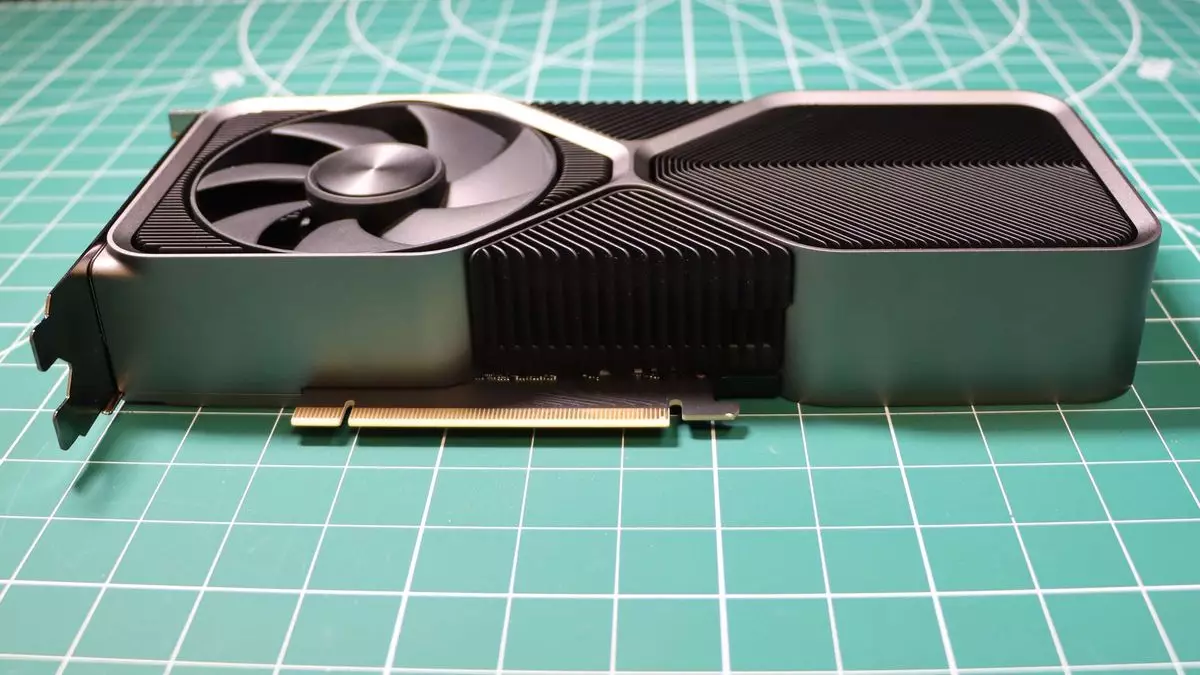As the tech world gears up for what could be one of the most significant GPU releases in recent memory, the anticipation surrounding Nvidia’s RTX 5090 has reached a fever pitch. Recent leaks from graphics board manufacturer Zotac suggest that Nvidia is poised to launch a new series of GPUs, including the highly speculated RTX 5090 featuring a staggering 32GB of VRAM. While this information is noteworthy, it also raises questions about the pace of innovation and the gaming landscape’s evolving demands.
Reports indicate that the RTX 5090 will not just be a minor upgrade but a beast in its own right, boasting an awe-inspiring 21,760 CUDA cores. For context, the current flagship, the RTX 4090, sports 16,384 CUDA cores. This leap in architecture hints at the potential for significant performance enhancements, especially for gamers and professionals relying on data-intensive applications. However, such powerful specifications are likely accompanied by a price increase that could further alienate budget-conscious consumers.
The RTX 5090 is expected to leverage a 512-bit bus, allowing for enhanced bandwidth and improved overall performance. Given the scale of these advancements, it raises an essential point: are gamers prepared to invest in such high-performance hardware, or is Nvidia risking alienation of its core audience with these lofty price tags?
Moreover, beyond the RTX 5090, the leaked information also provides details about Nvidia’s mid-to-upper-tier offerings, including the RTX 5080 and 5070 series. The RTX 5080 is rumored to feature 10,752 CUDA cores while maintaining 16GB of VRAM, a minor step up from the RTX 4080 lineup. The RTX 5070 and 5070 Ti, on the other hand, are expected to come with 6,400 and 8,960 CUDA cores, respectively—figures that do not represent significant advancements given the current generation’s offerings.
This incremental step forward hints at Nvidia’s conservative approach to the mid-range segment. The question arises: is this approach sufficient to maintain their dominance in the market? As gaming technology continues to advance with higher requirements for VRAM, limiting the 5070 series to 12GB may prove disappointing for enthusiasts who demand more from their gaming systems.
Interestingly, the rumored absence of the RTX 5060 from Zotac’s listings raises eyebrows. If this lower-tier option reverts back to 8GB of VRAM, we may face a contentious issue, as many modern games already struggle to operate efficiently within such constraints. As titles increasingly utilize ray tracing and other resource-intensive features, Nvidia’s decision to maintain lower VRAM allocations could prove misaligned with gamers’ realities.
This tentative performance uplift, juxtaposed with stagnation in key specifications, suggests a troubling trend: Nvidia may be prioritizing profitability over genuine innovation. This tactic, while perhaps beneficial short-term in terms of revenue, risks eroding customer loyalty as more consumers become aware of the growing performance demands of contemporary games.
As the season of consumer electronics shows approaches, all eyes will be on Nvidia and its anticipated product line for potential announcements. The impending release of the RTX 5090 and its variants could signal a turning point not just for Nvidia, but for the entire GPU market. However, as it stands, there is a palpable sense of caution regarding whether these advancements will truly keep pace with the needs of modern gamers.
Ultimately, while Nvidia’s RTX 5090 may well be a technical masterpiece, one must consider whether the offerings within the broader lineup adequately address the future of gaming technology. With increasing demands from both developers and consumers, Nvidia faces the challenge of not only stunning specifications but maintaining real-world relevance in a rapidly evolving market. The next few months will be telling, as developers, gamers, and industry analysts alike await what could be both a groundbreaking and cautionary chapter in GPU evolution.


Leave a Reply